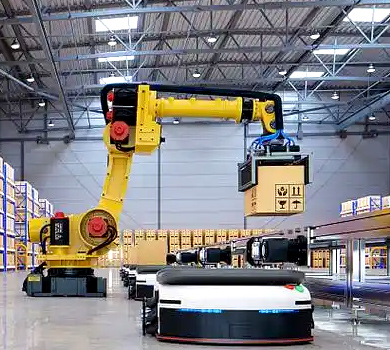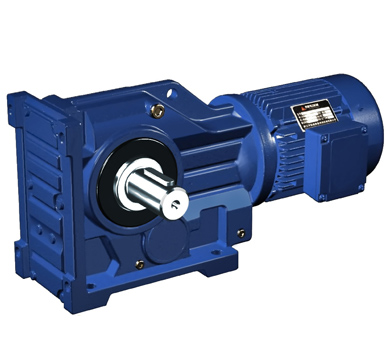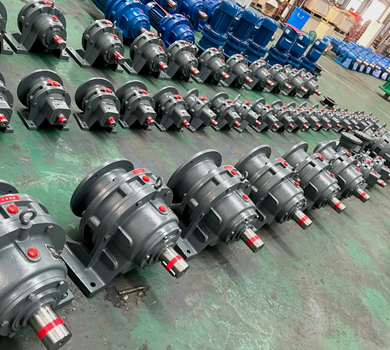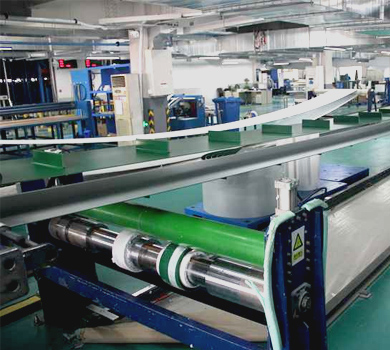1. Industry Challenges and Pain Points Analysis
The automotive subframe welding workstation is a critical part of the vehicle manufacturing process. Typically, these systems consist of multi-axis robotic arms, welding torches, positioners, and end-effectors, all requiring precise and reliable motion control. With the increasing adoption of lightweight materials and the demand for higher welding accuracy and throughput, the system’s mechanical components—especially the transmission system—are under intense scrutiny.
Current industry challenges include:
- Transmission System Reliability: High-frequency and high-torque welding operations demand gearboxes that can endure continuous stress without failure.
- Stability and Precision: Any backlash or misalignment in the transmission system can lead to welding defects and decreased production quality.
- Energy Efficiency: In a high-volume production environment, even a slight increase in energy consumption can result in significant operational costs over time.
- Compact and Modular Design: Limited factory space and the need for rapid deployment require compact and flexible mechanical solutions.
- Environmental Resistance: Many welding stations operate in high-temperature, dust-prone, or high-humidity conditions, necessitating robust sealing and heat dissipation capabilities.
2. The Key Role and Technical Requirements of Reducers in This Application
Reducers in a robotic welding workstation for automotive subframes must meet stringent performance criteria:
- High Torque Density: The gear unit must deliver high output torque in a compact form factor.
- Precision and Backlash Control: Low backlash is essential to ensure accurate robot positioning and weld repeatability.
- Fast Dynamic Response: To support high-speed welding cycles, the reducer must enable quick acceleration and deceleration of the robotic joints.
- Compatibility with Servo Motors: Seamless integration with high-performance servo systems is required for precise motion control.
- Environmental Adaptability: Resistance to heat, dust, and moisture is necessary for long-term stability in harsh factory conditions.
- Extended Service Life and Low Maintenance: The system must minimize downtime through long-lasting performance and minimal service requirements.
3. Waimica’s Bevel Gear Reducer Solution
Waimica’s bevel gear reducer was specifically designed to address the critical performance needs of robotic welding workstations. The solution is tailored for high-precision, high-torque applications in automotive manufacturing and includes the following key features:
- Structural Design Highlights:
- High-compact and modular design for easy integration into multi-axis robotic arms.
- Supports various installation methods, including vertical, horizontal, and angular configurations.
- Integrated bearing support and optimized housing design for enhanced rigidity and vibration resistance.
- Performance Parameters:
- Torque Range: 50–800 Nm
- Backlash: ≤1 arcmin
- Efficiency: ≥90%
- Input Flange Options: ISO 9445, DIN 546, and Custom Flange
- Accuracy: ±0.05 arcmin
- Operating Temperature: -10°C to +120°C
- Special Working Condition Support:
- High-temperature resistance for direct exposure to welding heat zones.
- IP65 and IP67 ratings for protection against dust and water ingress.
- Optional sealing systems for use in cleanroom environments.
| Parameter | Waimica | Leading International Brand |
|---|---|---|
| Torque Range (Nm) | 50–800 | 50–700 |
| Backlash (arcmin) | ≤1 | ≤2 |
| Efficiency (%) | ≥90 | ≥88 |
| Accuracy (arcmin) | ±0.05 | ±0.1 |
| Operating Temperature (°C) | -10 to +120 | -10 to +110 |
| IP Rating | IP65/IP67 | IP65 |
| Mounting Options | Vertical, Horizontal, Angular | Horizontal, Vertical |
4. Typical Application Scenario and Customer Feedback
A European automotive OEM required a high-performance reducer solution for their robotic subframe welding line, which operated 24/7 with multiple robots performing complex weld patterns on aluminum subframes.
Challenges:
- Existing reducers failed after 8,000 hours of operation due to high thermal stress and insufficient backlash control.
- Need for compact design to accommodate multi-axis robotic arms in a space-constrained layout.
Waimica’s Approach:
- Our technical team conducted on-site evaluations and reviewed welding cycle data to identify the stress points and required performance metrics.
- Customized the bevel gear reducer with reinforced housing, precision-ground gears, and enhanced lubrication systems to withstand high temperatures and maintain accuracy.
- Provided a modular design that allowed for quick installation and future expansion of the robotic system.
Customer Feedback and Performance Improvement:
| Performance Aspect | Before Waimica | After Waimica | Improvement |
|---|---|---|---|
| Reducer Lifespan (hours) | 8,000 | 12,000+ | +50% |
| Backlash (arcmin) | 2.5 | ≤1 | Reduced by 60% |
| Welding Accuracy (mm) | ±0.3 | ±0.1 | Improved by 66.7% |
| Downtime per Month (hours) | 8.5 | 2.1 | Reduced by 75% |
5. Conclusion and Waimica Brand Value Summary
Waimica has demonstrated its capability to deliver high-performance, precision-crafted gear reducers that meet and exceed the demands of robotic welding applications in the automotive industry. Our bevel gear reducers provide:
- High torque density and low backlash for exceptional motion accuracy.
- Robust environmental protection and extended service life to reduce maintenance costs.
- Customization and rapid delivery to support agile production needs.
As the automotive industry continues to adopt lightweight materials and advanced automation technologies, Waimica remains committed to offering a cost-effective yet technically superior alternative to traditional international brands. Our deep understanding of customer needs and engineering expertise position us as a long-term partner for industrial automation solutions.









